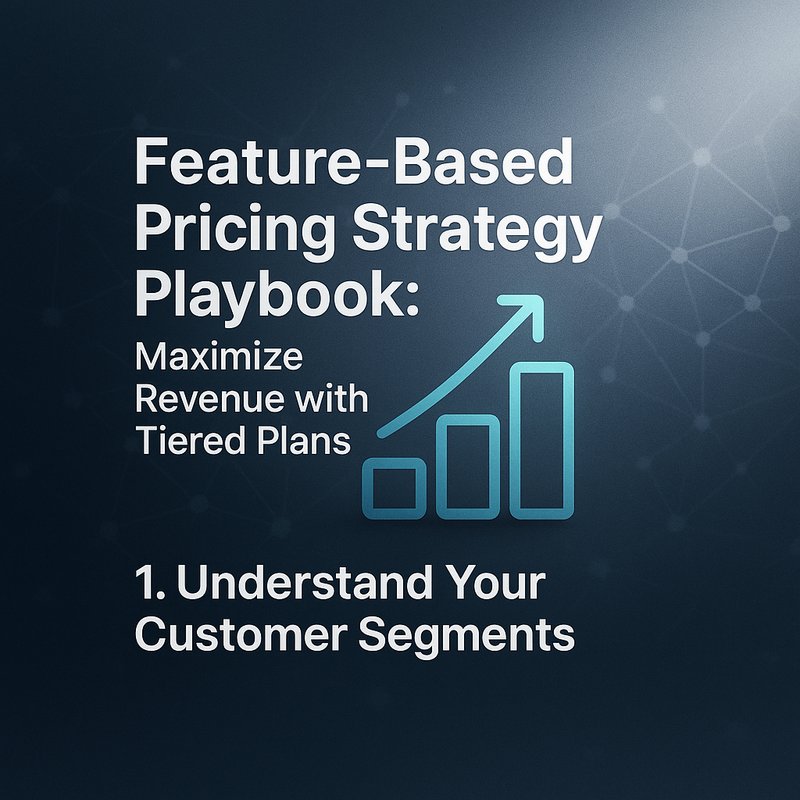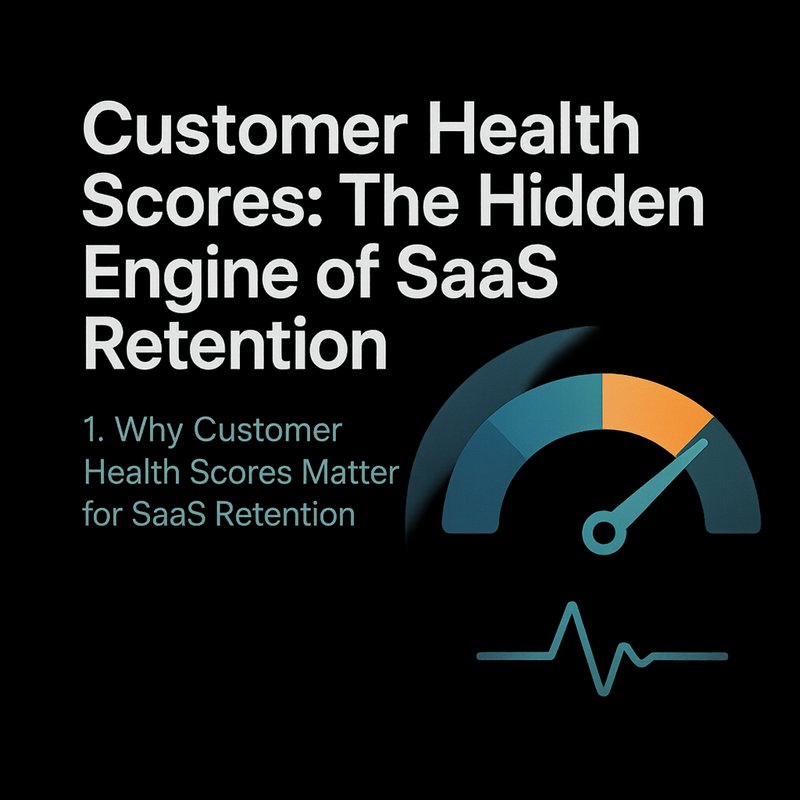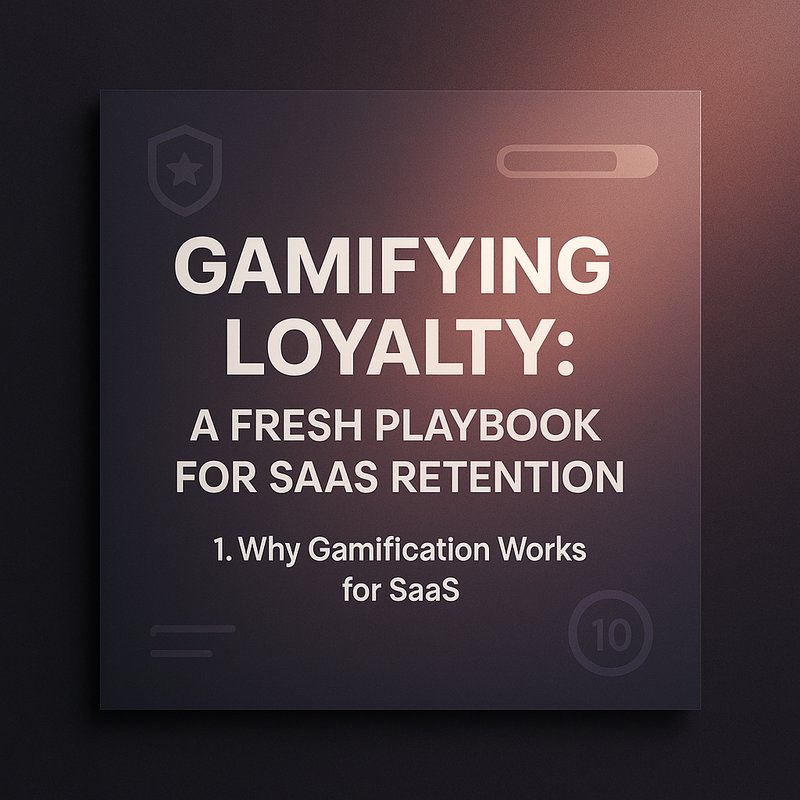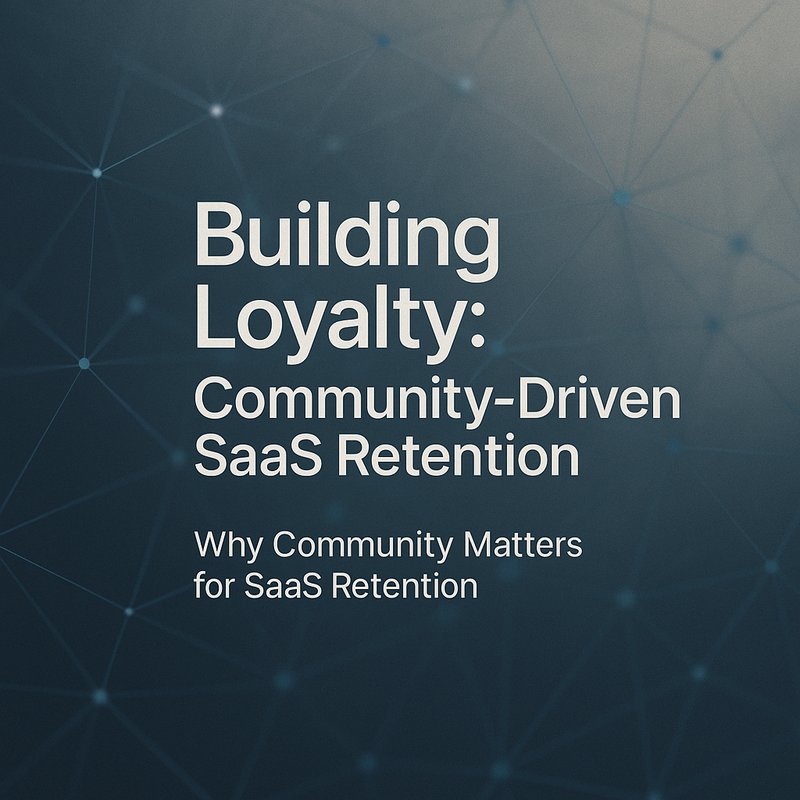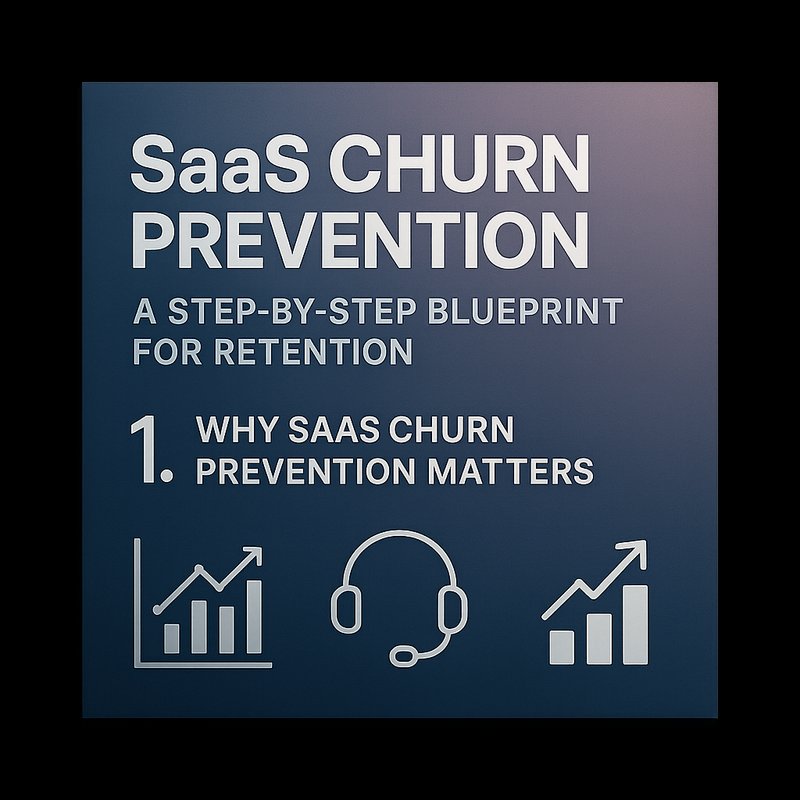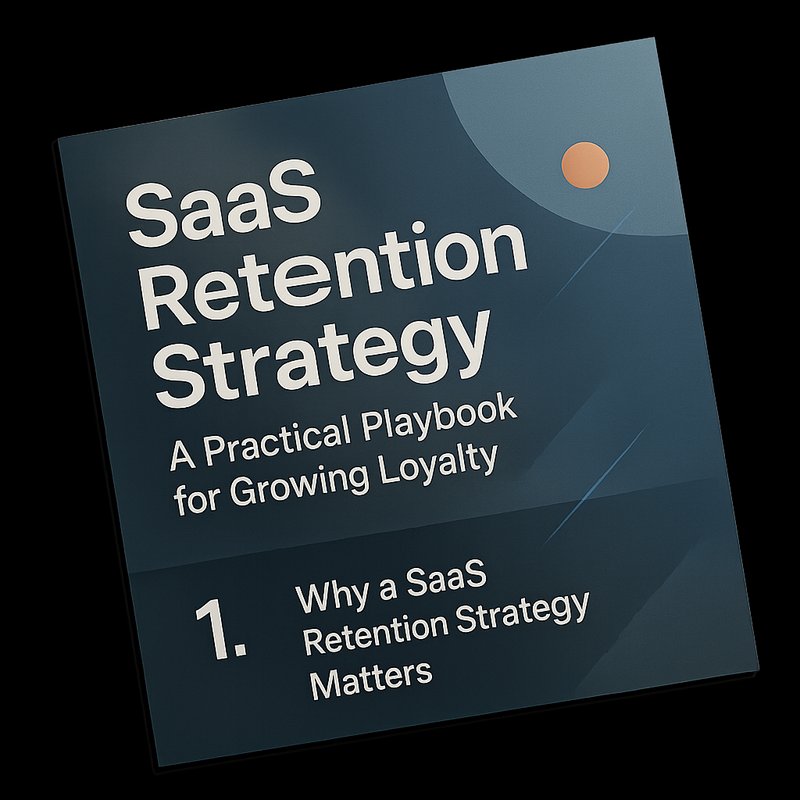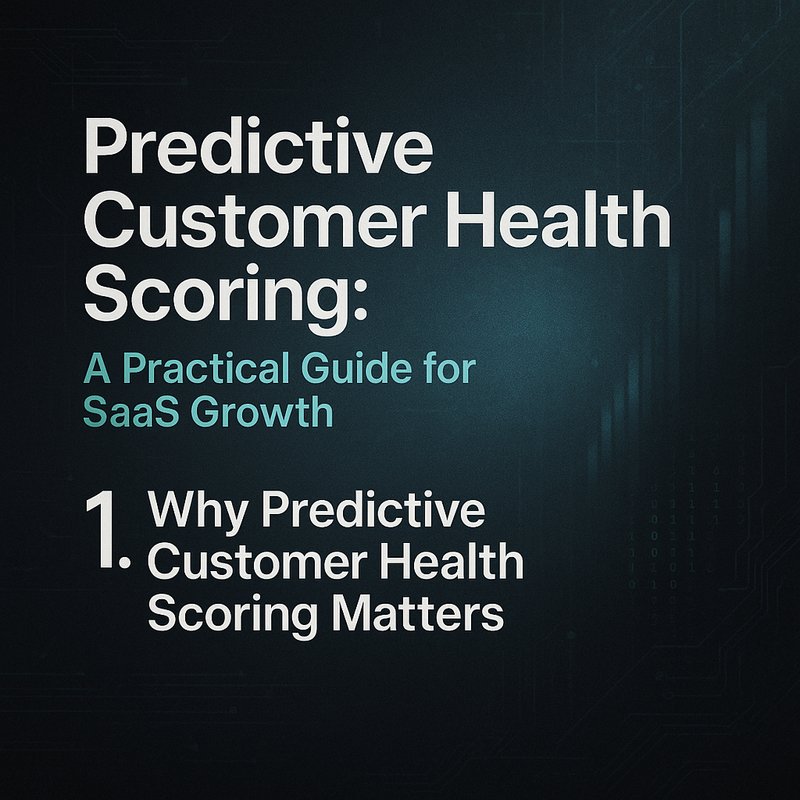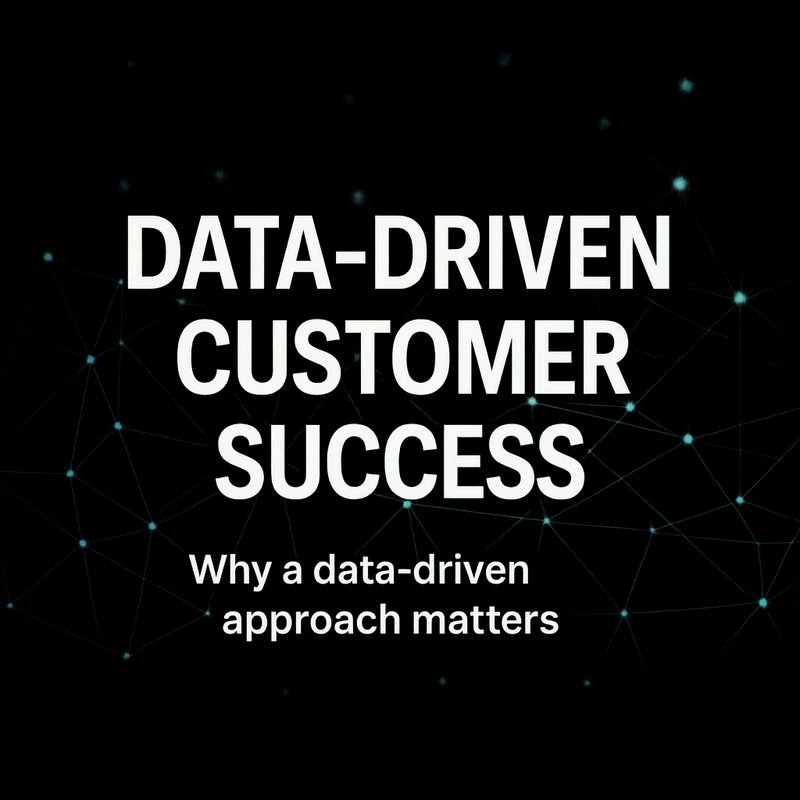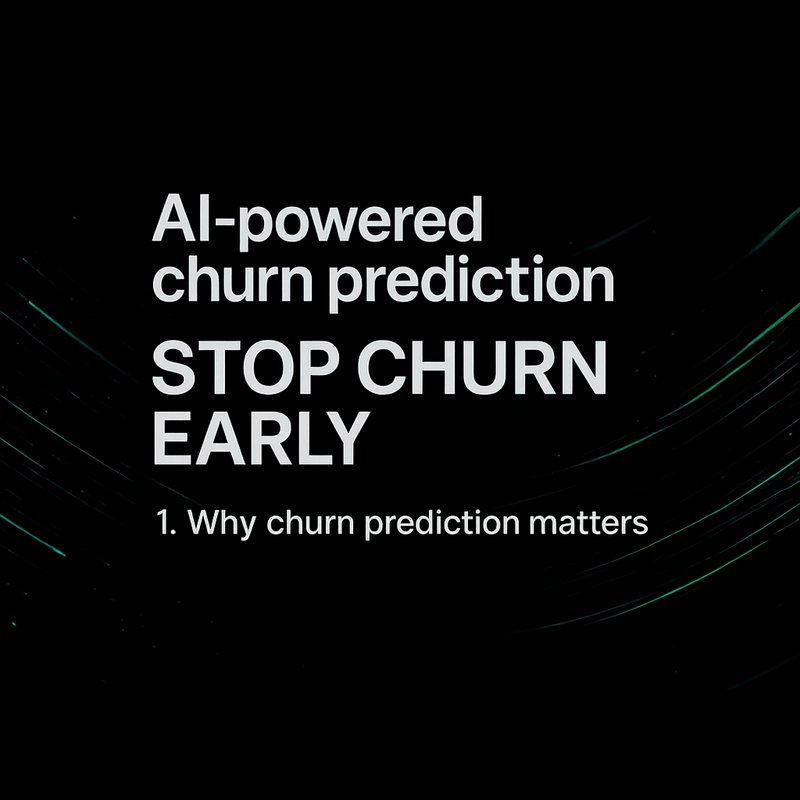Feature‑based pricing strategy is the secret to turning a simple product into a revenue engine.
If you’re a SaaS founder, product manager, or growth marketer, you already know that the right pricing model can lift lifetime value and reduce churn.
This guide walks you through the fundamentals, practical steps, and real‑world examples so you can start turning users into higher‑spending customers today.
1. Understand Your Customer Segments
1.1 Identify Usage Patterns
The first step in a feature‑based pricing strategy is to see how different users use your product.
Collect data on feature adoption, session length, and API calls.
Tools like Mixpanel, Amplitude, or your own dashboards can surface these insights.
Once you have the data, group users into segments: light users, power users, and enterprise adopters.
Each segment will have a different willingness to pay for advanced features.
1.2 Map Value to Features
Ask yourself: which features drive the most value for each segment?
Create a value map that pairs features with the problems they solve.
For example, a basic analytics dashboard may satisfy most users, while a real‑time reporting engine is only useful for power users.
This mapping will guide the tier structure of your pricing plan.
2. Design Tiered Plans
2.1 Keep It Simple
A feature‑based pricing strategy thrives on clarity.
Avoid a maze of sub‑tiers; instead, offer three to four clear levels: Free, Pro, Enterprise, and Custom.
Each level should unlock a set of features that match the segment’s needs.
Use a visual diagram to show the progression of features across tiers.
Image: Feature‑Based Pricing Strategy Diagram
Alt text: Feature‑Based Pricing Strategy Diagram showing tier progression
2.2 Use Incremental Unlocks
Instead of a hard‑coded list, consider incremental unlocks that trigger as usage grows.
For instance, allow a user to access advanced reporting after they hit 1,000 data points.
This keeps users curious and reduces the feeling of being locked out.
It also gives you a natural trigger for upsell messaging.
2.3 Price with Value in Mind
Set prices that reflect the value each tier delivers.
Look at competitors, but also consider your cost of support and infrastructure.
A common approach is to price the Pro tier at 2–3× the Free tier and the Enterprise tier at 5–7× the Pro tier.
Remember to keep the price points psychologically appealing (e.g., $29, $99, $299).
3. Communicate Value Clearly
3.1 Feature‑Focused Landing Pages
Your pricing page should highlight the features that matter most to each segment.
Use concise bullet points and real‑world use cases.
Show screenshots or short videos that demonstrate the advanced features.
Keep the copy conversational: “Need real‑time alerts? Upgrade to Pro and get instant notifications.”
3.2 In‑Product Nudges
When a user is about to hit a feature limit, display a subtle banner: “You’re close to your. Upgrade to Pro for unlimited usage.”
Make the call‑to‑action button directly to the upgrade page.
Avoid aggressive pop‑ups; keep the tone friendly.
3.3 Transparent Pricing Tables
Show a side‑by‑side comparison of tiers.
Highlight the most popular tier with a badge.
Include a “Most Popular” label if you have data to back it up.
Make sure the table is mobile‑friendly.
4. Automate Pricing Changes
4.1 Triggered Upgrade Paths
Set up automation that nudges users when they reach a usage threshold.
For example, if a user uses 90% of their free quota, send an email: “You’re almost out of free usage. Upgrade to Pro for unlimited access.”
Use your marketing automation tool or a simple webhook to trigger the email.

4.2 One‑Click Upgrade
Remove friction by allowing a one‑click upgrade from the in‑app banner or email link.
Integrate with your payment processor (Stripe, Braintree) to handle the checkout in a single step.
Test the flow on mobile and desktop to ensure it works smoothly.
4.3 Auto‑Downgrade Logic
If a user’s usage drops below a threshold, consider offering a downgrade or a free tier.
This keeps churn low and shows you care about their budget.
Automate the downgrade with a simple rule: “If usage < 10% of Pro tier for 30 days, offer downgrade.”
5. Measure Success
5.1 Key Metrics
Track the following to gauge the health of your feature‑based pricing strategy:
- Upgrade conversion rate – % of users who move from one tier to the next.
- Average revenue per user (ARPU) – Increase after tier changes.
- Churn rate – Does the new pricing reduce churn?
- Feature adoption rate – How many users use the new features after upgrade?
Create dashboards in Google Data Studio or Metabase to visualize these metrics.
5.2 A/B Testing
Test different messaging, pricing points, and feature bundles.
For example, compare a 20% discount for 48 hours versus a 30% discount for 24 hours.
Run each variant for two weeks, then compare conversion rates.
Roll out the winner.
5.3 Customer Feedback
After a user upgrades, send a short survey: “What motivated your upgrade?”
If a user declines, ask: “What stopped you from upgrading?”
Use the answers to refine your offers.
6. Common Pitfalls and Fixes
| Pitfall | Fix |
|---|---|
| Too many tiers | Limit to 3–4 clear levels |
| Vague feature descriptions | Use concrete examples |
| Complex checkout | One‑click upgrade with transparent pricing |
| Ignoring churn data | Adjust offers for high‑risk segments |
| Over‑promising features | Deliver on the promised value |
Addressing these issues keeps the pricing experience smooth and trustworthy.
7. Real‑World Example
A SaaS company that offers project‑management tools launched a feature‑based pricing strategy.
They introduced a Pro tier that unlocked unlimited tasks and priority support.
Within three months, upgrade conversion rose from 4% to 13%, and monthly recurring revenue grew by 22% without new acquisition spend.
The key was a clear value map and a one‑click upgrade path.
8. Quick Implementation Checklist
- [ ] Segment users by usage and feature adoption.
- [ ] Map features to value for each segment.
- [ ] Design 3–4 tier plans with incremental unlocks.
- [ ] Build a feature‑focused pricing page.
- [ ] Set up in‑product nudges and email triggers.
- [ ] Automate one‑click upgrade and downgrade logic.
- [ ] Define key metrics and build dashboards.
- [ ] Run A/B tests on messaging and pricing.
- [ ] Collect feedback and iterate.
Follow this checklist and you’ll have a feature‑based pricing strategy in place in less than a month.
9. Final Thoughts
A well‑crafted feature‑based pricing strategy turns your product into a revenue engine.
By aligning features with customer value, communicating clearly, and automating the upgrade journey, you can lift ARPU, reduce churn, and keep customers happy.
Start small, test aggressively, and keep the focus on delivering real value.
